Oil on panel
Signed and dated and located lower right
Dimensions: 22.5 x 30 cm
With frame: 32.5 x 40.5 cm
The Puerta del Sol in Toledo of great architectural beauty.
The medieval door in the "Romanesque-Mudejar" style, dating from the 14th century, impresses with its decorations. It is one of the rare examples of military Moorish architecture
Ulpiano Checa y Sanz, a vigorous colorist and expressive painter
Influenced by a realistic and dark Spanish painting, he quickly added to his realism effects of light, contrasting oppositions of yellow, purple, blue and orange. Our painting with contrasting colors is flooded with sunlight
Bibliography
Son of a stone quarry owner, Ulpiano Checa y Sanz born in Madrid and died in Dax (Landes) is a Spanish painter and engraver. Ulpiano Checa y Sanz began his artistic training in 1873 at the Royal Academy of Fine Arts of San Fernando, where he was a student of Manuel Dominguez, Federico de Madrazo, Alejandro Ferrant and Pablo y Gonzalvo Peres. He became a professor at the age of 19 in the same Academy.
In 1884 he obtained a place as a boarder at the Spanish Academy of Fine Arts in Rome, from where he sent his work La Invasión de los bárbaros, which obtained the 1st class medal of the National Exhibition of Fine Arts in Madrid in 1887 and the gold medal of the Universal Exhibition in Vienna in 1888. The work was acquired by the Prado Museum. With his first exhibition where he presented Nirma and Egeria, also acquired by the Prado Museum.
Ulpiano Checa quickly became important in the Parisian salons. A first personal exhibition at the Galerie Georges Petit, 1895, which was followed by numerous participations in salons in France, Europe, Latin America and the Maghreb. Out of competition at the Salon from 1897 with Le rapt, he collected many awards: a large gold medal at the Universal Exhibition of 1900.
He very quickly specialized in representations of horses, both in orientalist and antique subjects as well as with his paintings of North American Indians. At the end of 1887, he settled in Paris and produced drawings for the magazine L'Illustration for which he was a correspondent.
He met and married Matilde Chayé Courtez, a young Argentinian painter whose parents, of Béarnese origin, owned a villa in Bagnères-de-Bigorre; the couple came there every year to recharge their batteries for several months and then settled there.
In 1895, he became Blanche Odin's teacher.
He made many trips to Argentina where the high society of Buenos Aires asked him for portraits. He produced large mural compositions and sometimes a few allegorical scenes. He also travelled to Venice and Algeria. In 1900, he painted four paintings for the decoration of the Le Train Bleu restaurant at the Gare de Lyon in Paris. A little over 250 of his works are listed.
Museums
Spain
• Madrid, Museo del Prado; Museo Thyssen-Bornemisza. • Colmenar de Oreja, Museo Ulpiano Checa • Lugo, Museo Provincial de Lugo • San Sebastian, Museo San Telmo • Santa Cruz de Tenerife, Municipal Museum of Fine Arts Argentina • Buenos Aires: Military Circle; National Museum of Fine Arts; Museo de Granaderos; Museo Mitre.
France
• Bagnères-de-Bigorre, Musée Salies: • Nantes, Museum of Fine Arts
• Paris: Gare de Lyon, Le Train Bleu restaurant; Museum of Decorative Arts, library:
Uruguay • Montevideo, Museo Juan Zorrilla de San Martín: Tabaré.
USA • Washington, Smithsonian American Art Museum (Indian Scene).
Source
https://musees-occitanie.fr/artiste/ulpiano-checa/
https://fr.wikipedia.org/wiki/Ulpiano_Checa_y_Sanz








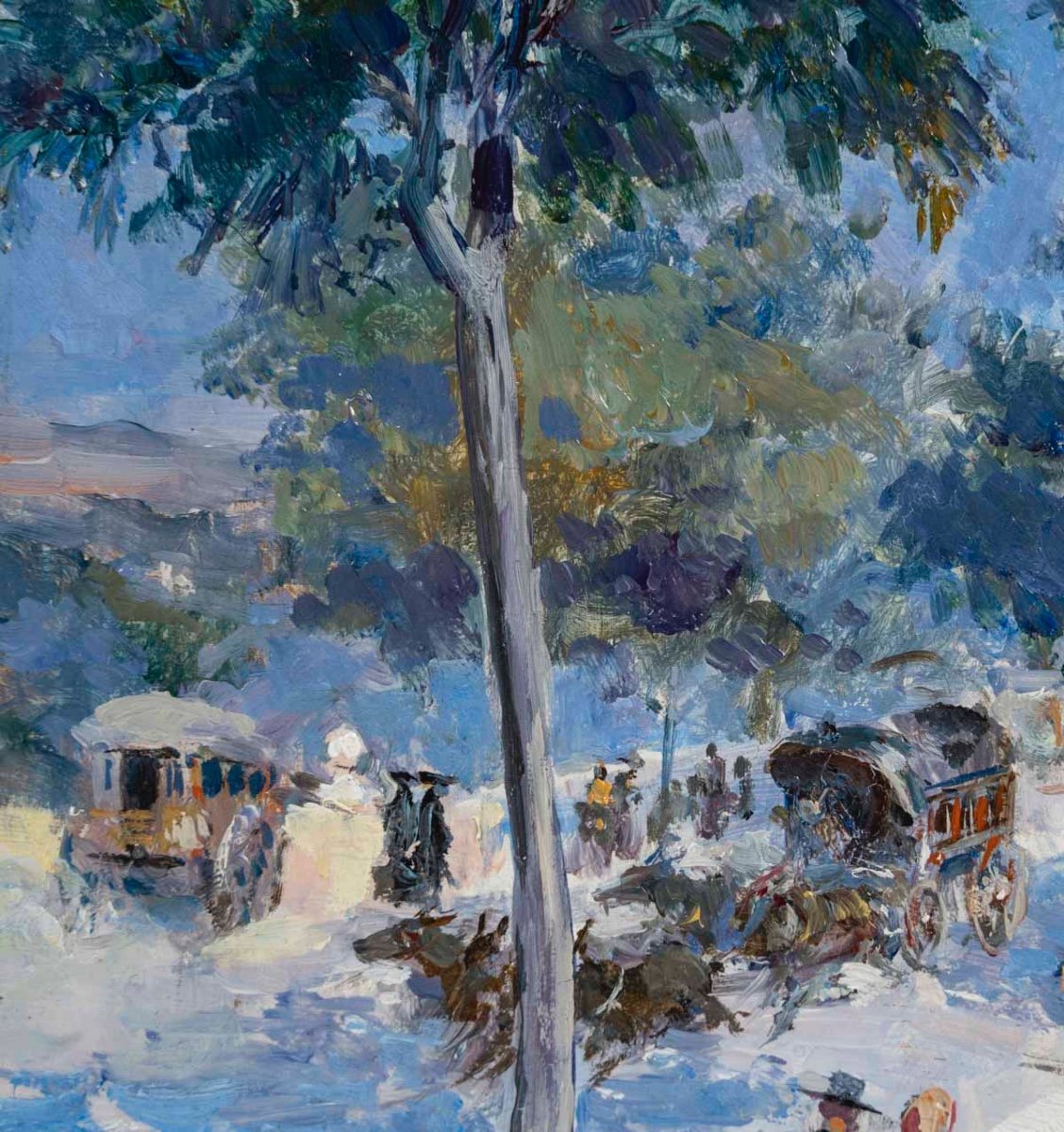







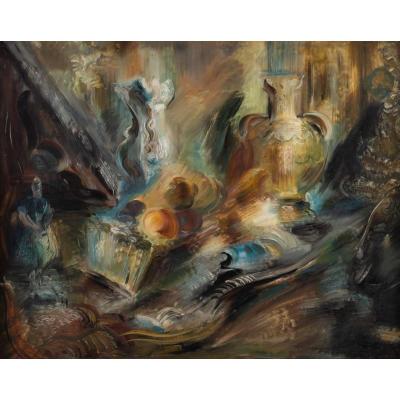
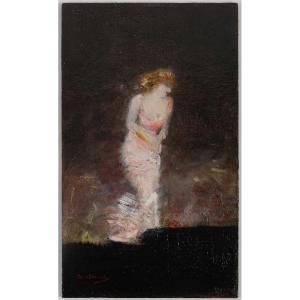
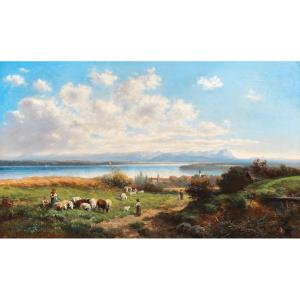
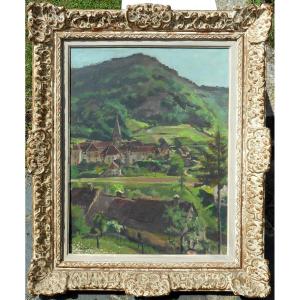
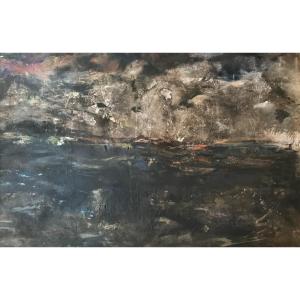

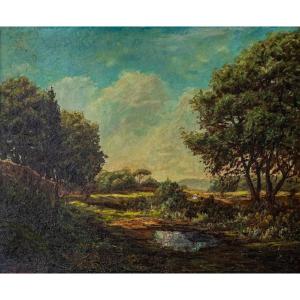




 Le Magazine de PROANTIC
Le Magazine de PROANTIC TRÉSORS Magazine
TRÉSORS Magazine Rivista Artiquariato
Rivista Artiquariato
